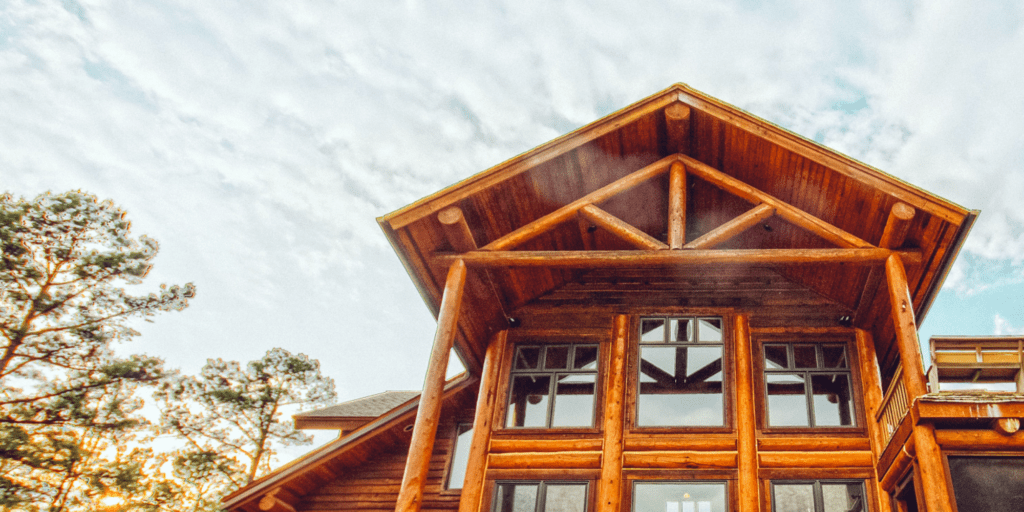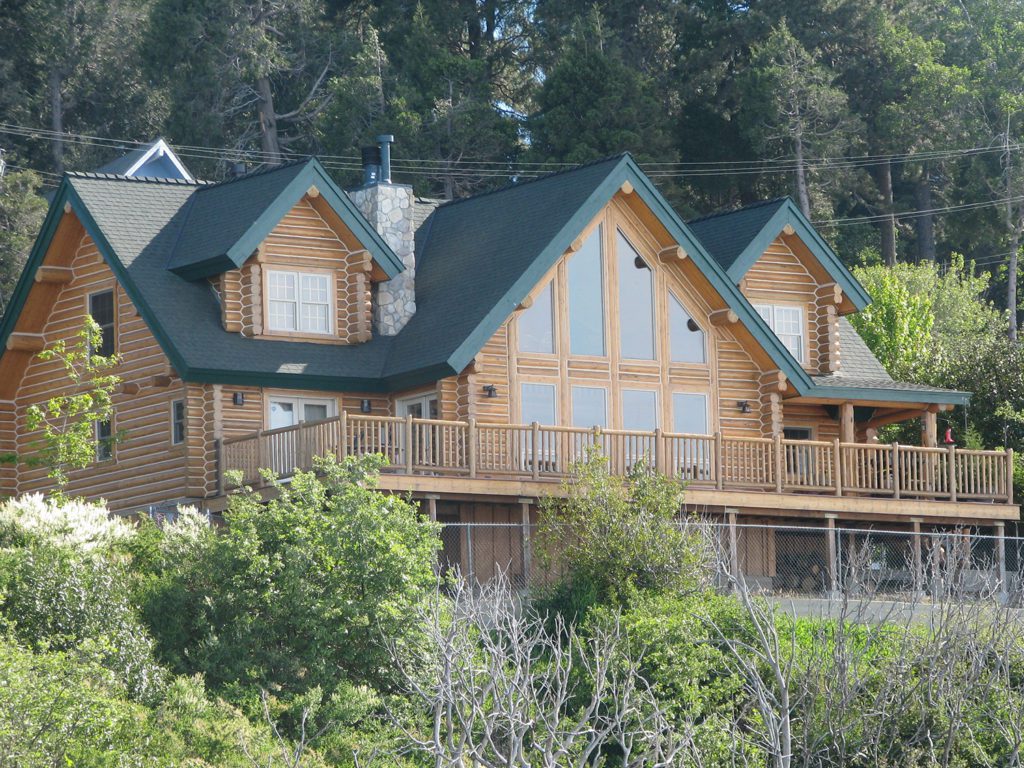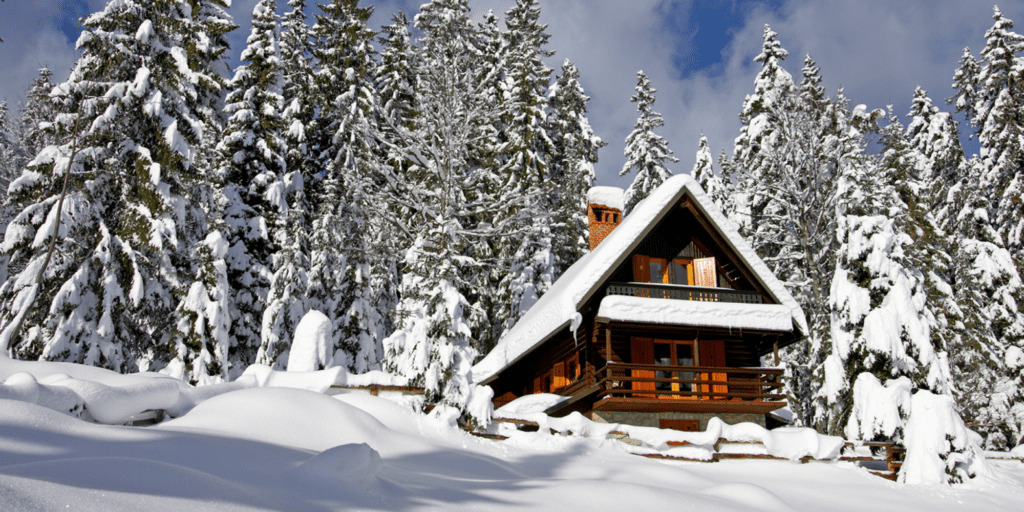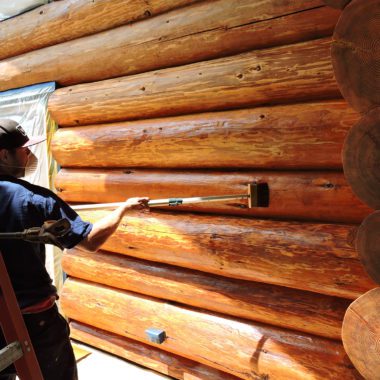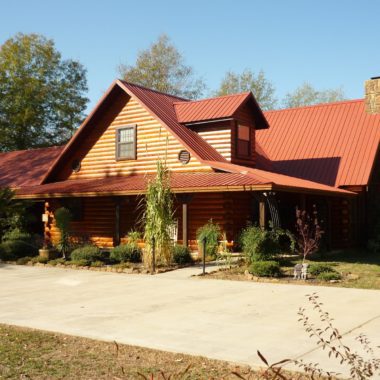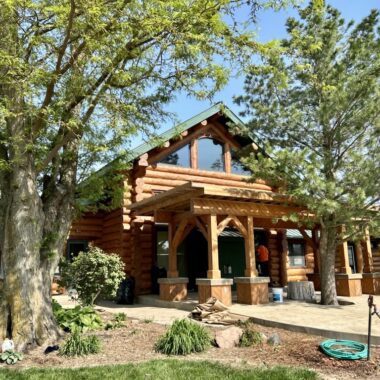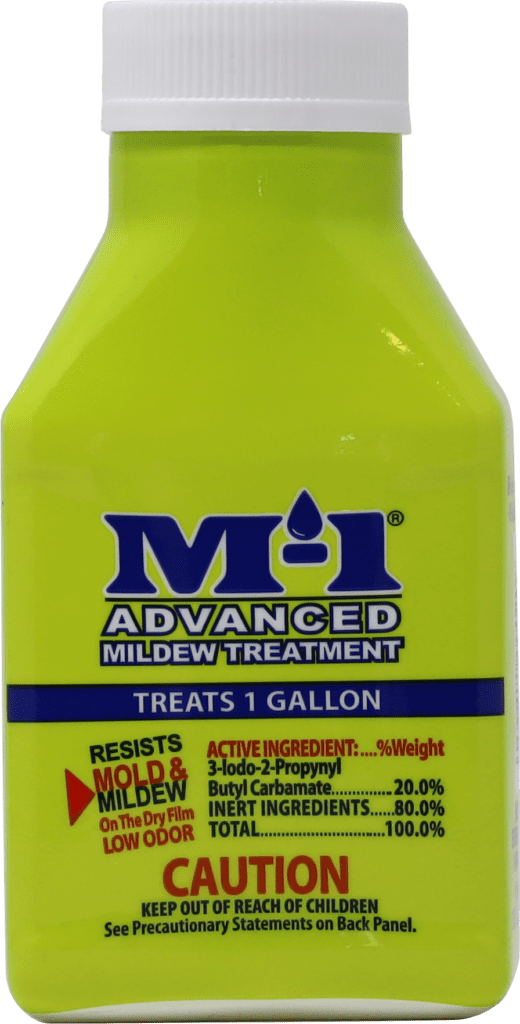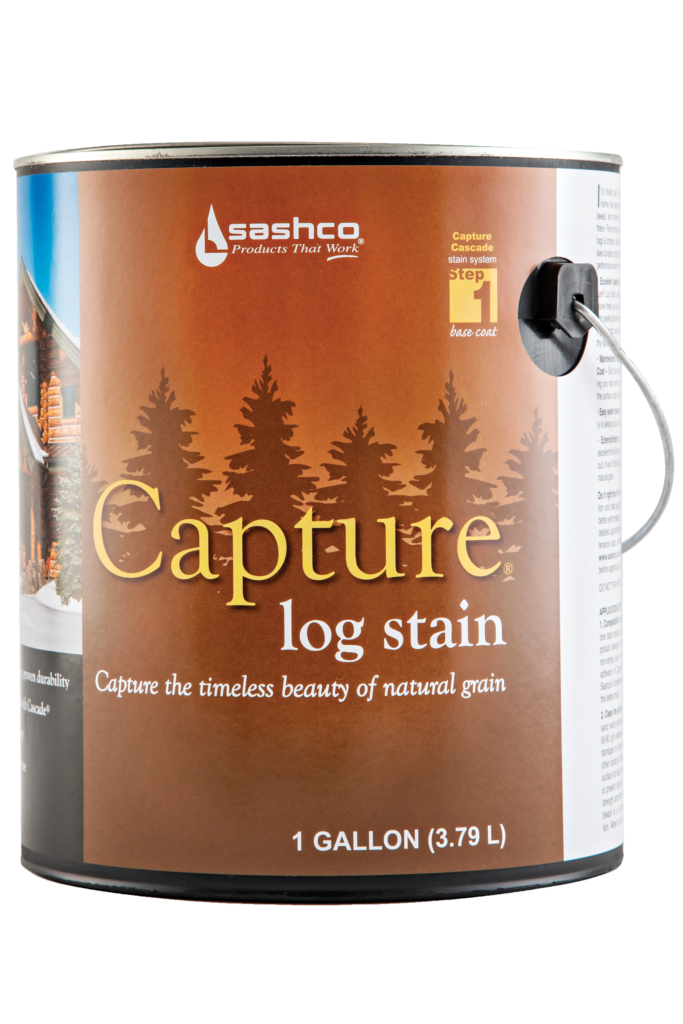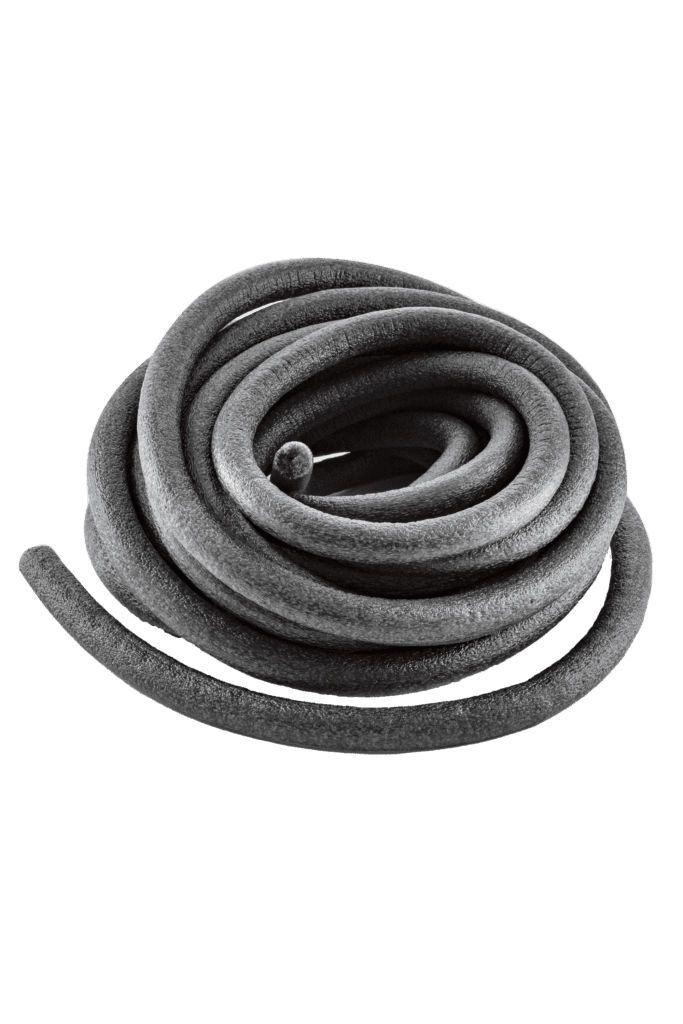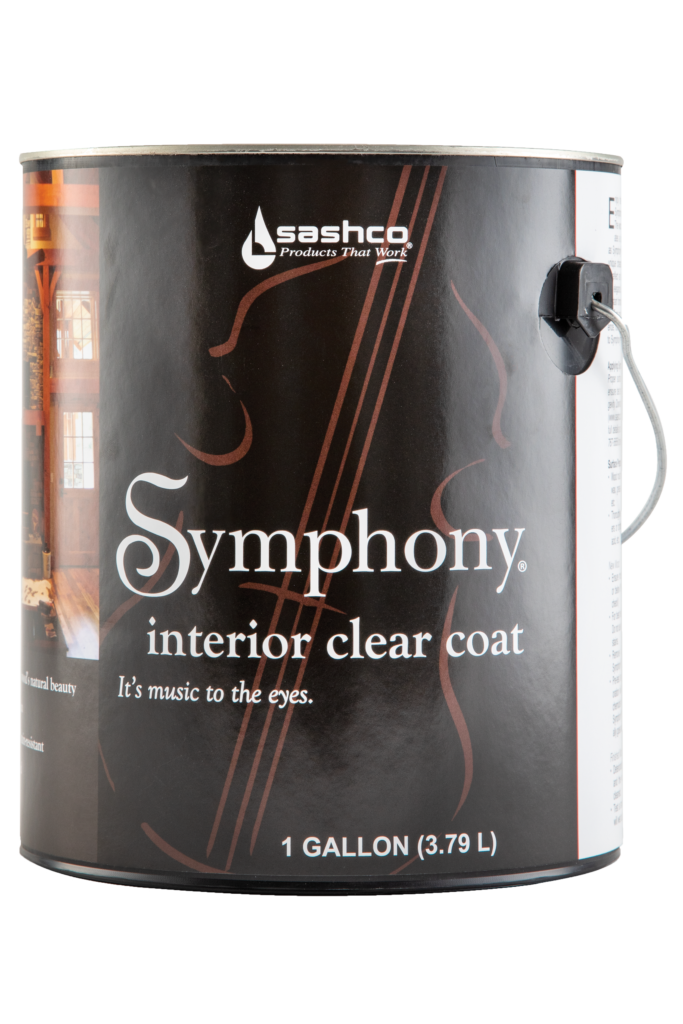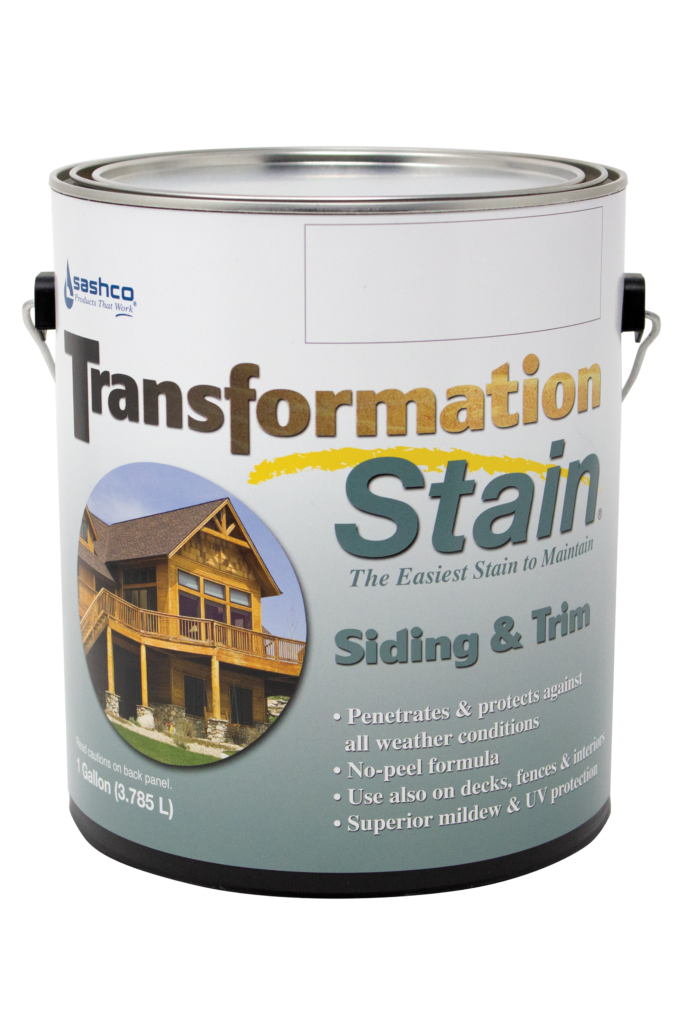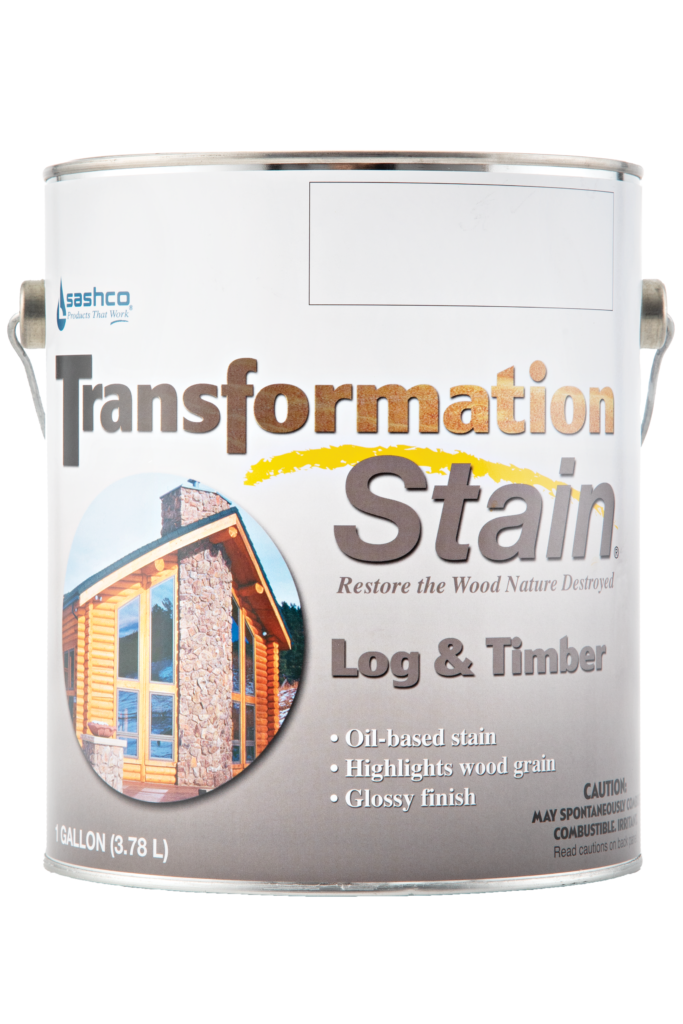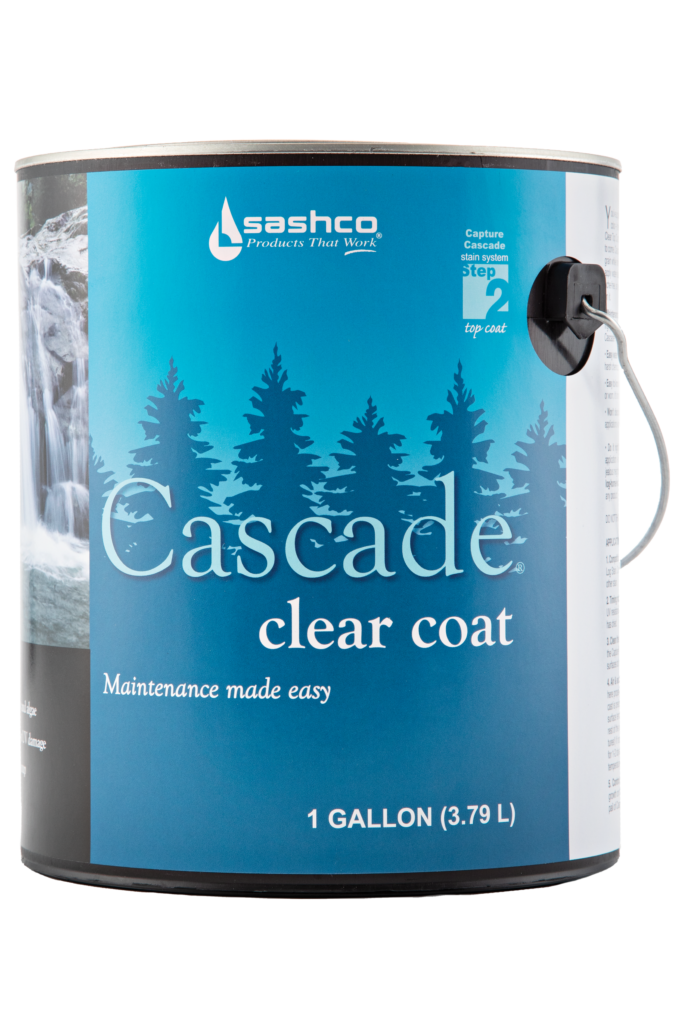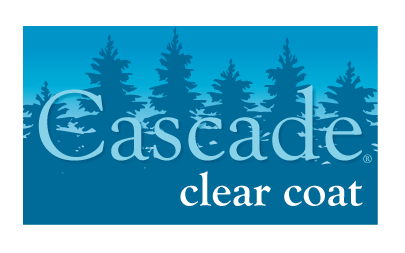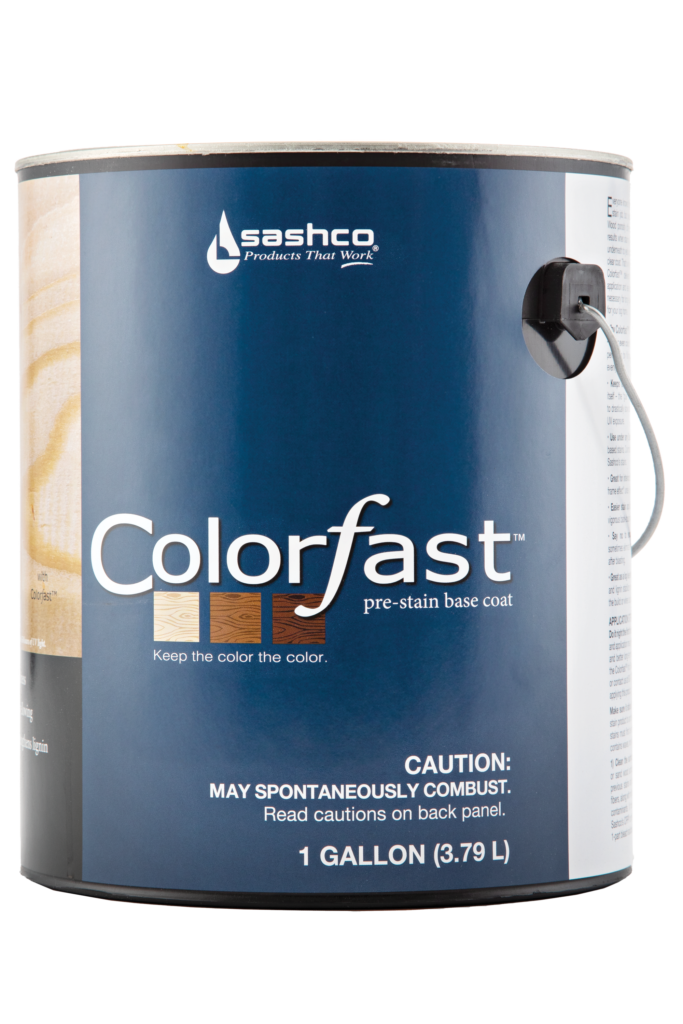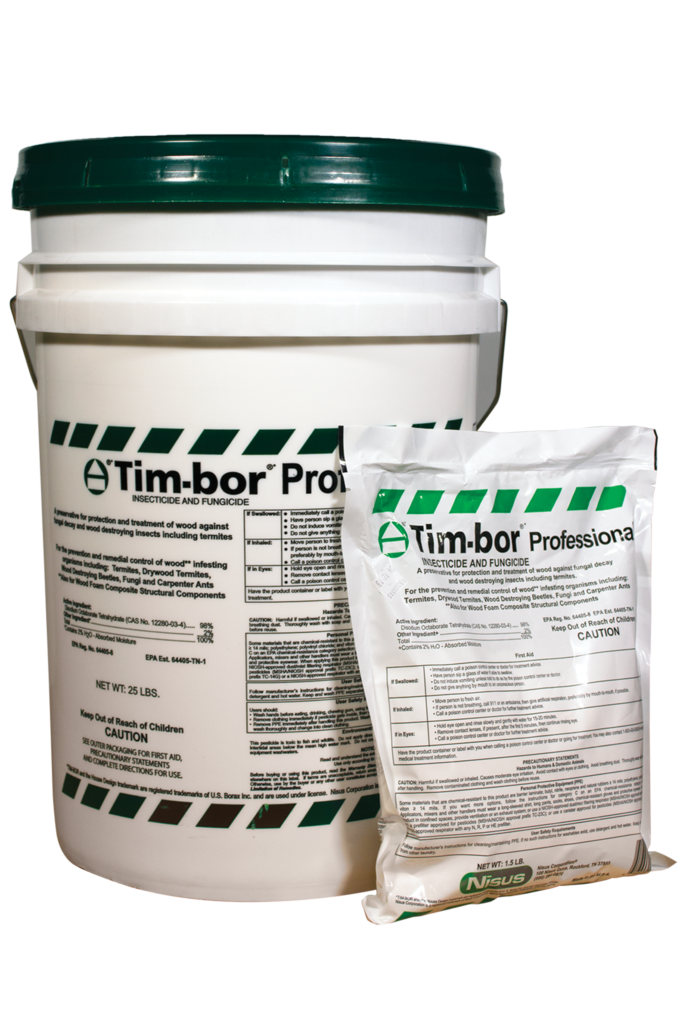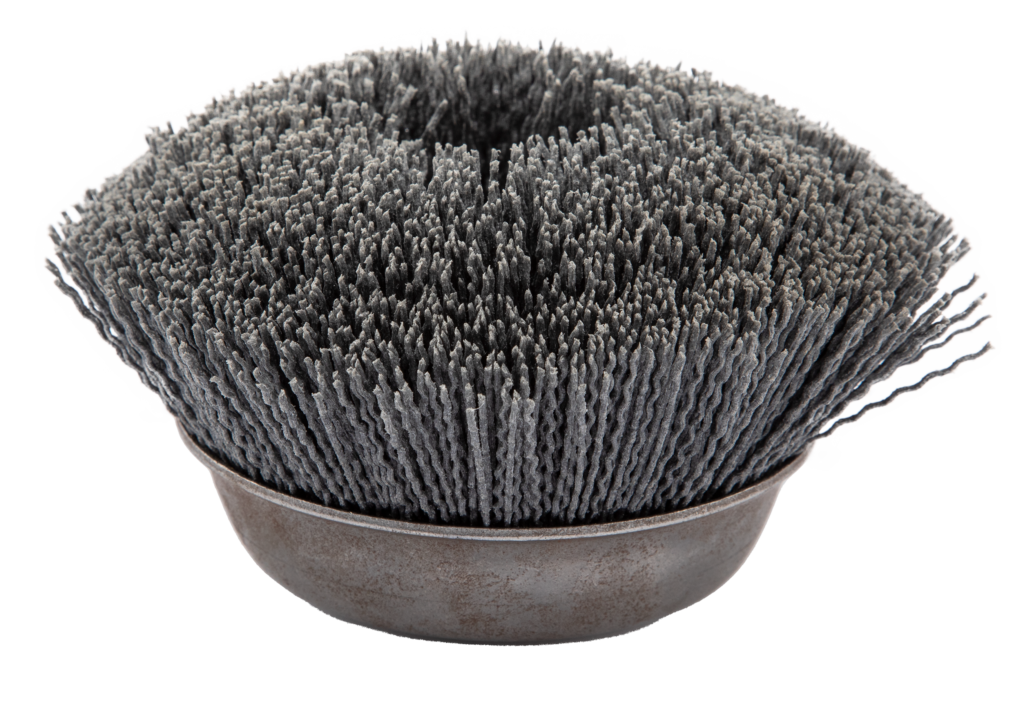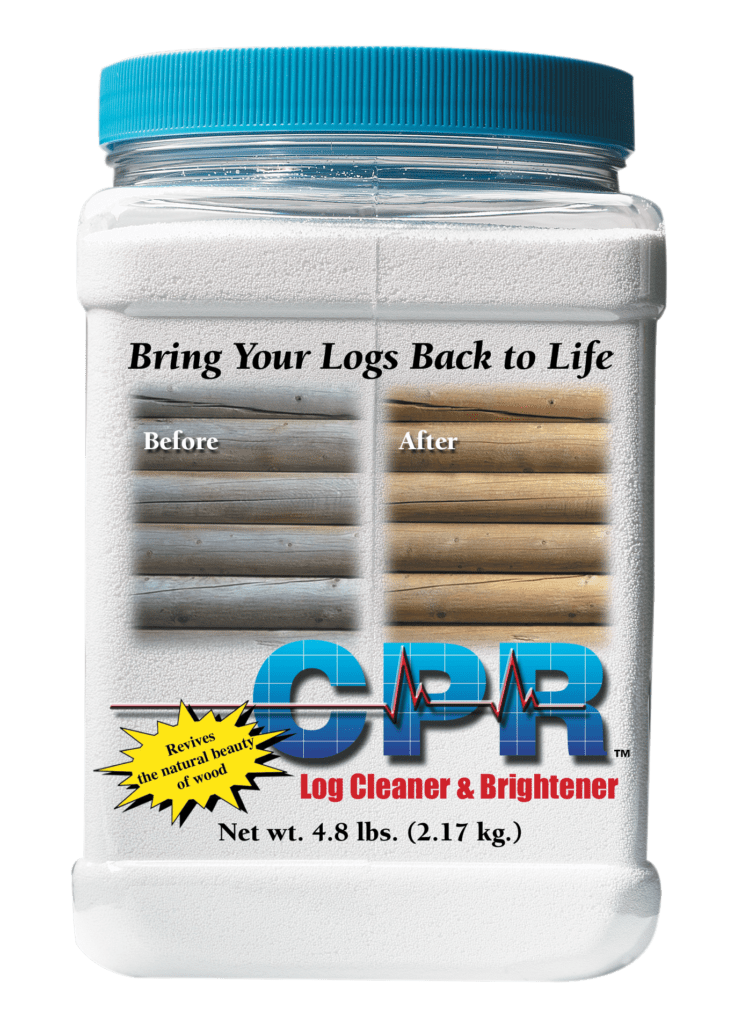What do you get when you combine a roofing contractor and a sealant manufacturer for a chimney repair project (apart from much time spent arguing over who gets to use the rad tools)? An expert example of tuckpointing a chimney.
Recently, Sashco president Les Burch and Sashco team members Sabrina and Randy helped Shane Guerra, the owner of Synergy Property Solutions, and his team, repair a chimney. Shane used Mor-Flexx, a latex acrylic caulk designed specifically for the chimney repairs. Mor-Flexx is ideal for use on mortar between stucco, concrete, bricks, and stone, or stucco repairs.
(more…)
A recent post on a popular contractor locating service website asked this question: “Why are contractors so bad at calling people back?” He posted that 70% of the contractors he had contacted failed to call him back. Time for an uncomfortable confession: Sashco fields this same question multiple times every week. We hear, “You gave me the names of these contractors, but none of them are calling me back. Why?” Having more calls than you know what to do with is a great “problem” to have. So, how can you ensure that you respond to every legit call? Maybe it’s time to consider the help of a call service to handle incoming calls and scheduling. We are talking about the pros and cons and how to know if hiring a call service is right for your business.
(more…)
Yes! You’ve chosen your stain, done all the prep, plus secondary prep, and you’ve blocked out that day on your calendar with just the right weather conditions for staining and getting the job done. Before you get started here’s a few tidbits and tips you should know.
(more…)
Borates are one of the most affordable ways to protect your log home. You’re basically buying low-cost home insurance. That’s a no-brainer! These preservative products are designed to protect your wood from rot and wood-ingesting insects. Adding this affordable step at the beginning can save you headaches down the road, including the time and money it costs to replace damaged wood.
(more…)
You’re ready to restore a historic log home? It’s exciting but requires special knowledge. Therefore, before you dive into any historical preservation or log home restoration project, here’s what you need to know from a restoration expert.
The background
Recently, Mark Nelson of Nelson Restoration worked on a Grand Teton National Park project. Mark partnered with Sashco to provide key decision makers with the best information regarding log structures preservation. A report by Sashco contrasted traditional preservation methods such as mortar and linseed oil with modern products.
Both approaches were discussed in the report, which was compiled with Mark’s input. Modern products are often easier to use and cost less in the long run, even though traditional methods require more maintenance. Also discussed were the environmental impacts of each approach, noting that modern products are typically more sustainable.
The rest of the story…
The report concluded that using modern products to preserve log structures is a viable option. Above all, it gave stakeholders the information they needed to make an informed decision .
(more…)
Prep Time
So now it’s time to prepare your wood for staining. Substrate preparation is the most critical step in achieving stain longevity. As Kurt Denman of Benjamin Moore® stated in the February 2007 edition of Coatings World magazine, “I cannot emphasize enough how critical proper preparation is to realize a successful staining project. It’s the ultimate determinant on how long the beauty of a job lasts.” Properly preparing the wood from the get-go will save you both time and money down the road.
(more…)
What is secondary prep? After you’ve gotten down to clean sound wood it’s time to clean up and remove wood fuzz media blasting another methods left behind.
When properly done, most blasting methods create at least some “felting”, AKA “wood fuzz.” Prior to applying any finishing products you must remove wood fuzz. Eventually all of that fuzz will fall off, so any stain applied to it will leave a mottled appearance and leave those areas exposed to weather. Additionally, blasting can sometimes raise the grain too much, making the wood too coarse. Even though the coarse texture is beneficial for stain adhesion, it makes the stain look darker and rougher.
(more…)
Humans. We are visual people! That’s why images grab our attention! Why is this important to your business? We are bombarded with images, especially online. But, do we remember them? Did they catch our attention in a way that caused us to remember what they represented, what business they advertised, or what the message was behind them? Great graphics can be a powerful way to capture your audience’s attention and remember your message if they stand out! We’re giving you our top five tips on how to do that effectively.
(more…)


